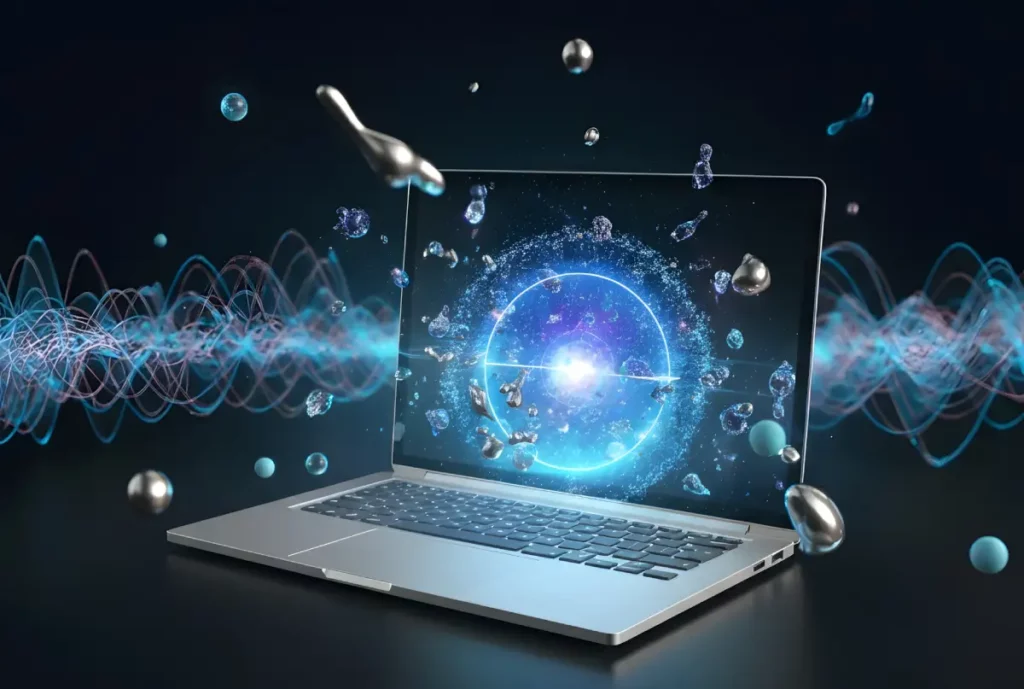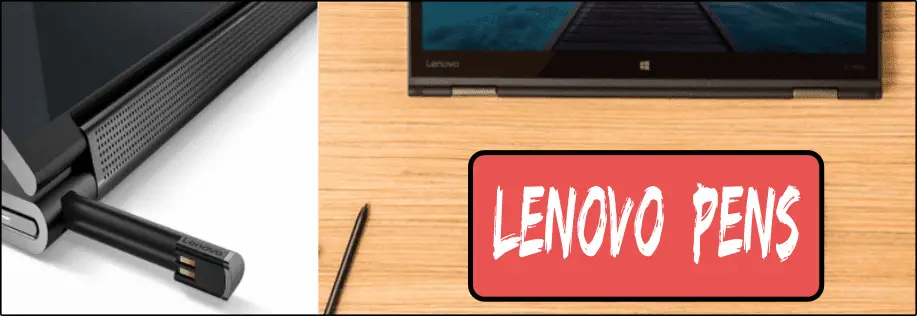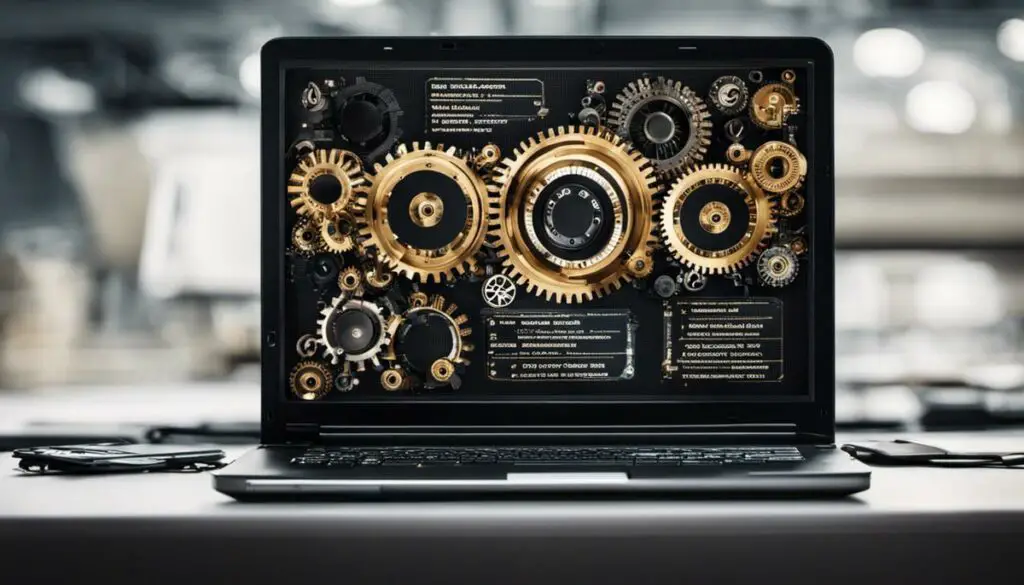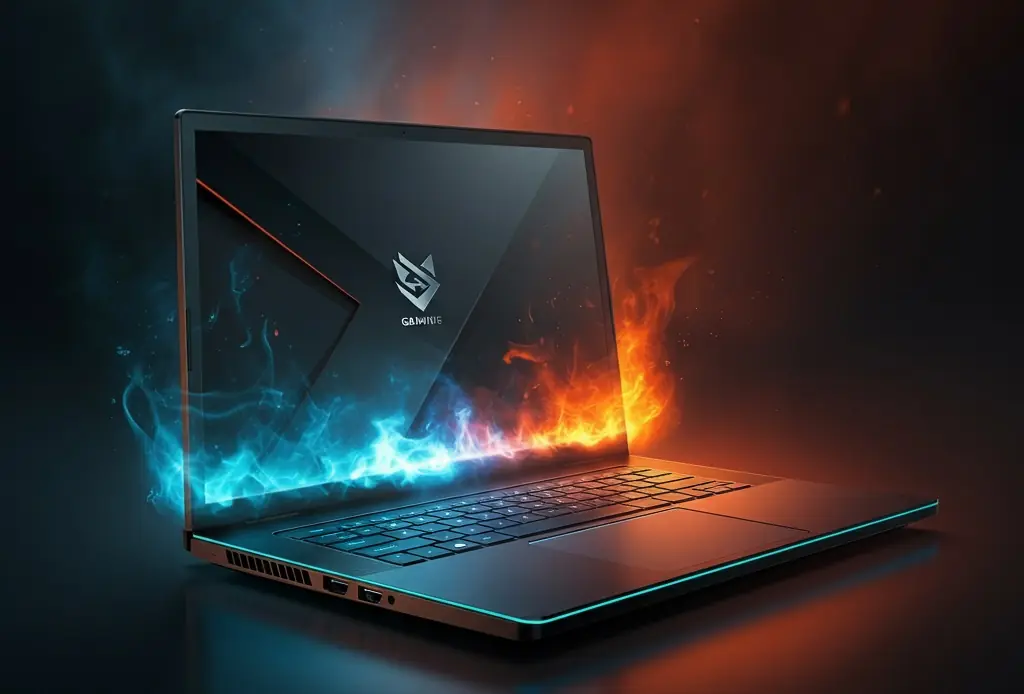If you’re like me, you probably take your laptop with you everywhere you go. Checking it in as luggage can be a bit of a hassle, but is it worth the risk?
Can a laptop go in checked luggage? Let’s find out.
Don’t forget to bring your power cord.
THIS POST MAY CONTAIN AFFILIATE LINKS. As an Amazon Associate, I earn from qualifying purchases. PLEASE READ MY DISCLOSURE FOR MORE INFO.
Can A Laptop Go In Checked Luggage?
With the ever-increasing reliance on laptops for both work and personal use, many travelers have one burning question when it comes to air travel: can laptops go in checked baggage?
The answer, unfortunately, is not a simple one. While the TSA doesn’t prohibit laptops in checked baggage, they do recommend that you keep your laptop in your carry-on bag.
There are a few things to keep in mind before packing your laptop away.
Is It Safe To Put A Laptop In Checked Luggage?
Regardless of the airline’s policies, there is always the risk of damage when traveling with electronics in checked baggage.
Laptops are particularly vulnerable to rough handling, and their delicate screens can easily be cracked or shattered.
This is because laptops can break when they’ve jostled around in luggage, and they’re also one of the most commonly stolen items from checked bags.
- So, if you do decide to pack your laptop in checked baggage, be sure to protect it by wrapping it in bubble wrap or similar padding material.
- And be sure to keep a close eye on your bag during your travels, as laptop theft is on the rise at airports across the country.
- Consider using a tracking device placed in your luggage to monitor your bag’s location and always be aware of your surroundings.
- For additional protection, consider investing in a laptop-specific travel bag or hard-shell case to give your device extra cushioning and keep it safe.
Popular tracking devices:
Ultimately, the decision of whether or not to put a laptop in checked baggage is up to the individual traveler. Weigh the risks and benefits carefully before making your decision.
Want a rugged laptop? Many manufacturers make rugged laptops but these can get expensive, I wanted to focus on affordable and rugged ones. See my guide on the best-rugged laptops.
Airline Guides and Restrictions
First and foremost, be sure to check with your airline to see if they have any restrictions on laptop batteries or charging devices.
For example, as of 2022:
United Airlines states:
“Portable electronic devices may also be transported in checked baggage, but it is recommended to keep them in your carry-on bags. If the device contains a lithium-ion battery, it cannot exceed 100 watt-hours. All devices must be protected from accidental activation and completely shut down and not in hibernate or sleep modes.”
Delta Airlines says:
“Devices containing lithium metal or lithium-ion batteries (laptops, smartphones, tablets, etc.) should be transported in carry-on baggage and not placed in checked baggage. When that is not possible: the devices should be completely powered down to the OFF position (they should not be left in sleep mode), protected from accidental activation, and packed so they are protected from damage.”
In addition, they add: “Damaged, defective or recalled lithium batteries must not be carried in carry-on or checked baggage.”
Qantas Airlines states:
“Devices containing batteries must have the ON/OFF switch protected to prevent accidental activation, and the device must be completely switched off (not in sleep or hibernation mode). The Lithium-ion batteries (rechargeable) can not exceed 100Wh in a device.”
Virgin Australia states:
“PEDs and equipment placed in checked baggage must be completely switched off (not in hibernation mode) and effectively protected from accidental activation and damage. This may be achieved by packing the device in a robust case or the original retail packaging. Any applications, alarms, or pre-set configurations that may activate the device have to be disabled or deactivated.
Any spare or loose batteries including power banks must be in carry-on baggage only with the terminals protected against short-circuiting.” See their battery information page.
Jetstar Airlines says:
“Batteries in checked baggage must have the ON/OFF switch protected to prevent accidental activation. Batteries between 101Wh and 160Wh (eg. in medical equipment) require airline approval – email dg@qantas.com.au to make your request.”
Emirates states:
“Lithium batteries: Portable electronic devices containing lithium metal or lithium-ion cells or batteries, including medical devices such as portable oxygen concentrators (POCs) and consumer electronics such as cameras, mobile phones, laptops, and tablets, when carried by customers or crew for personal use. For lithium-metal batteries, the lithium metal content must not exceed 2 grams; for lithium-ion batteries, the rating must not exceed 100 watt-hours.” See their policy page for specific information.
British Airways states:
“Pack all battery-powered devices to prevent accidental activation. Protect spare batteries from short circuits and damage by keeping them in their original packaging (if possible), in a protective case or a strong plastic bag, or by placing electrical tape over the terminals. Don’t take any damaged batteries or equipment with you.
Note: If the watt-hour (Wh) rating is not shown on the battery or its Wh rating cannot be determined, then the battery cannot be accepted. You can use the following formula to calculate the Wh rating; Milliamp hour rating/1000 multiplied by the voltage equals Wh.”
Note: This list is not inclusive of all the airline’s policies regarding batteries. Check with your airline before traveling to ensure you are following their specific rules.
Also know that spare batteries are generally not allowed as baggage items and should be carried on only, but again, check with the airline.
So, before you pack your laptop for a flight, be sure to check the policies of your airline.
What Are The TSA Rules For Laptops In Checked Luggage?
The TSA website says: “Except for lithium batteries, all the batteries allowed in carry-on baggage are also allowed in checked baggage; however, we recommend that you pack them in your carry-on bag whenever possible. In the cabin, airline flight crews can better monitor conditions, and have access to the batteries or device if a fire does occur.”
They also say “Spare lithium batteries (both lithium metal and lithium-ion/polymer) are prohibited in checked baggage.”
Further, “Lithium-Ion and Lithium-Polymer batteries are the most common rechargeable cell types found in Portable Chargers. Portable chargers are allowed in carry-on bags only. External battery chargers/Power banks/Uninstalled or spare lithium-ion batteries must be packed in carry-on bags.”
What does all this mean?
- The TSA allows Lithium-Ion batteries in a laptop to go in checked luggage if the laptop is turned off.
- However, they prefer you to carry on the laptop instead.
- A spare Lithium-Ion battery pack is prohibited from checked luggage as are portable chargers.
See the FAA infographic on the topic:
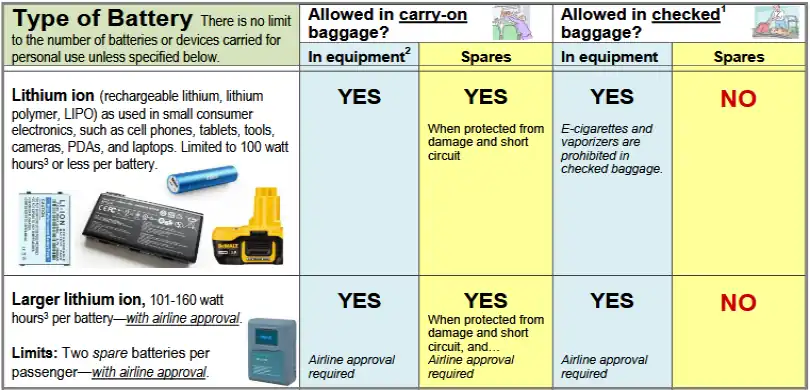
Many of us travel with our laptops these days. I created a list of my Five Steps to Secure Your Laptop From Theft.
My 5 tips mostly revolve around keeping your laptop secure, both the physical device and the software. In addition, I talk about carrying or transporting your laptop safely and comfortably.
What Should I Do If My Laptop Is Damaged In Transit?
The US department of transportation says “Airlines are required to compensate passengers if their bags are damaged, delayed, or lost.”
However, check out their added statement: “Airlines may decline to pay for damage caused by the fragile nature of the broken item or inadequate packing, rather than the airline’s rough handling. Air carriers might also refuse to compensate you for damaged items inside the bag when there’s no evidence of external damage to the suitcase.”
What does this mean for you?
It means you need to make sure your delicate items such as laptops are protected from damage as much as possible so the airlines cannot argue the damage was not their fault.
If you do discover your laptop was damaged in checked luggage, do the following:
- Report damaged baggage to the airport Baggage Service Office, located near the baggage claim area, immediately after your flight.
- You will fill out a claim form and receive a claim file number.
- Otherwise, contact your airline right away.
Laptop In Checked Luggage – Conclusion
To sum up, you can put your laptop in checked luggage according to the TSA and FAA. While airlines generally permit laptops as well, they prefer passengers to carry their laptops on as it reduces the risk of damage and theft.
If you decide to put your laptop in checked luggage, be sure to protect it by wrapping it in bubble wrap or similar padding material, and consider investing in a laptop-specific travel bag or hard-shell case.
Lastly, if your laptop is damaged in transit, report the incident to the airport Baggage Service Office and contact your airline right away.

J.S. is the owner, content creator, and editor at Upgrades-and-Options.com. I’ve worked in the IT and Computer Support field for over 20 years. The server hardware in my computer labs has mostly been IBM, but I’ve supported Dell, HP, and various other hardware. In addition, as part of my lab administrator responsibilities, I’ve learned, supported, and repaired/upgraded network hardware such as Cisco routers and switches. READ FULL BIO >>
- How Quantum Computing Could Impact Everyday LaptopsQuantum computing may sound like science fiction, but its potential to revolutionize technology is very real. Unlike classical computing, which processes information using bits as 0s and 1s, quantum computing leverages the strange and exciting principles of quantum mechanics — like superposition and entanglement — to perform calculations at speeds previously thought impossible. This unprecedented… Read more: How Quantum Computing Could Impact Everyday Laptops
- What Is The Difference Between Lenovo’s Pens? (with Part Numbers)Do you ever find yourself writing with an old-school pen or even worse a pencil? As you pry your fingers off that last-century writing device, ask yourself if there isn’t a better way. Well ask no more, there is a whole world of digital pens out there just waiting for you to discover.I went through… Read more: What Is The Difference Between Lenovo’s Pens? (with Part Numbers)
- How To Wipe A Hard Drive Clean: 4 easy stepsWipe it Clean: The Ultimate Guide to Erasing Your Hard Drive Safely and Effectively To wipe a hard drive clean, follow these 4 steps to securely and thoroughly delete all your data. Learn the different methods, tools, and tips to ensure a complete wiping of your hard drive. How To Wipe A Hard Drive Follow… Read more: How To Wipe A Hard Drive Clean: 4 easy steps
- Maximize Laptop Performance: Mastering OverclockingExploring Laptop Overclocking: My Personal Journey In an era where digital technology is at the heart of nearly all our activities, the performance of our laptops significantly impacts our productivity, gaming experience, creativity, and even our learning processes. Maximizing laptop performance isn’t just about getting tasks done faster, but it’s also about efficiency and reliability.… Read more: Maximize Laptop Performance: Mastering Overclocking
- Ultimate Guide to Gaming Laptop Heat ManagementImmediate Answer Gaming laptops naturally run hot due to their powerful components packed in a compact design. However, excessive heat can throttle performance, shorten the lifespan of your device, and even cause hardware failures. To manage heat effectively, ensure proper airflow, clean internal components regularly, and, if needed, adjust system settings like undervolting or apply… Read more: Ultimate Guide to Gaming Laptop Heat Management


